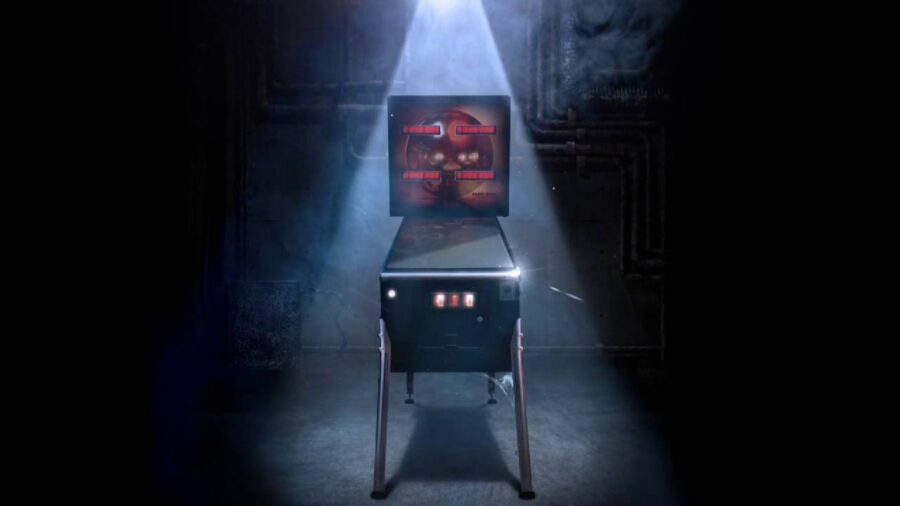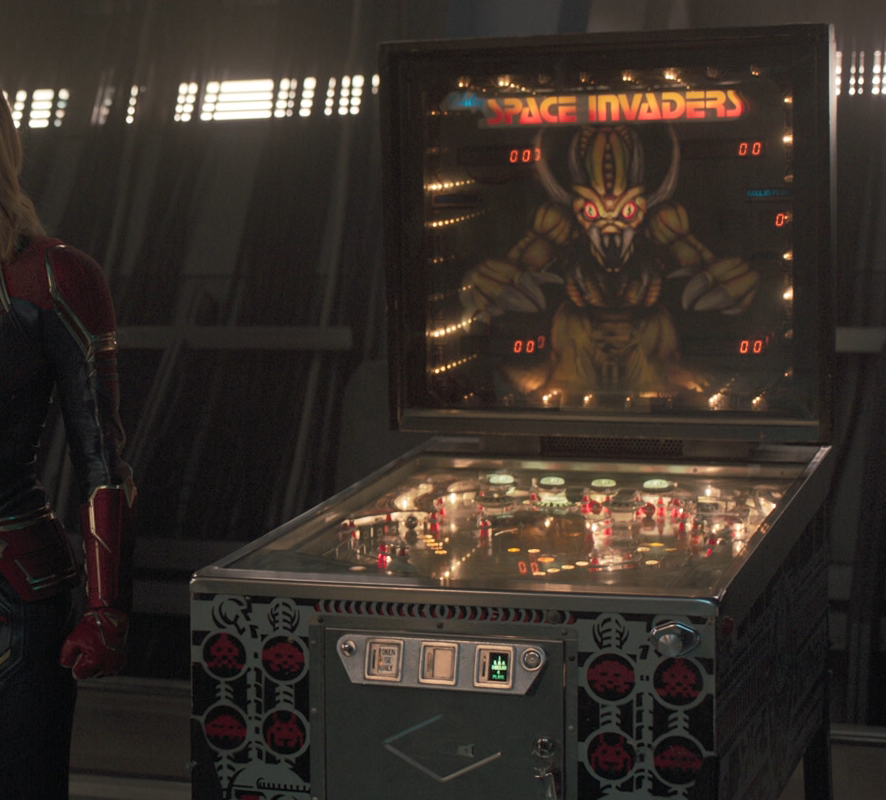Historic Museum Of Pinball Is Forced To Close Forever, All Machines Going Up For Auction
Here's what's happening to the museum full of pinball games.
This article is more than 2 years old

Arcade history is taking a flipper to the knee with the imminent shutdown of Southern California’s largest pinball museum, Ars Technica reports on Tuesday. The Museum of Pinball suffered catastrophic financial losses in recent years, and hasn’t recovered. Owner John Weeks gave himself seven months to move the entire collection to nearby Palm Springs, attract a single buyer, or acquire a sponsorship, whichever comes first. But with the coronavirus pandemic clamping down on transit, the museum’s chief architect estimates a move would take 15 months to accomplish, a timeline well beyond Weeks’s monetary limits. Lead tech Chuck Casey made the unfortunate announcement on Monday. The games will be auctioned off from the original Banning location. Interested buyers may place their bids online and in person. The site itself is being converted to a cannabis farm.
The Museum of Pinball is entirely nonprofit, and was scrambled together by longtime arcade collector John Weeks in 2015 to celebrate over 41 years of pinball history. The 18-acre campus has 40,000 square feet of museum space and housed 750 machines when it debuted on the weekend of January 16 six years ago. Organizers have since grown their collection, with the most recent count being around 1,100. The Banning museum made headlines during that year’s Southern California Arcade Expo for breaking the Guinness World Record for “the most games of pinball played simultaneously.”

John Weeks spent 40 years amassing his little slice of arcade subculture that would later comprise the historic museum. Unfortunately, storage space had become a persistent, and even nagging, issue, for which Weeks was obligated to either sell his collection or move the stash someplace with cheaper rent. Banning’s city council approved various permits to turn the museum spot into a cannabis-growing operation on June 22, with one councilman opposing. Here’s to hoping all that pot is going to feel as good as 1,100 rounds of classic pinball.
Pinball is noted by cultural anthropologists as the first true arcade game, a milestone that revolutionized how mankind viewed what could be construed as mindless, simple fun. The mechanics established the mechatronics of competitive gaming, and would later pave the way for conventional video games to take over. Pinball traces its long and storied history to obstacle courses and crude tabletop games involving rolling balls. One of the earliest iterations of the pinball machine that didn’t include standard solid-state electronics was the ancestor of the French bagatelle, first produced during Louis XIV’s reign. The concept was adapted by the English into the so-called “Japanese billiard,” which already used spring launchers to propel balls forward. Other features were introduced over the next 224 years, like coin operation, electric lights, flippers, and bumpers.
The pinball machine we all know and love first came to be in 1974 with the integration of digital displays, circuit boards, and solid-state electronics to the game’s central mechanism. The move was a step closer to transforming pinball into a legitimate video game; machines were eventually adopted by the casino industry as another way to enjoy gambling. Most pinball games in 2021 are either vintage boards or digitized to play on a smartphone or the computer. The Japanese Pachinko game can be considered a modern-day cousin of the standard pinball machine.












